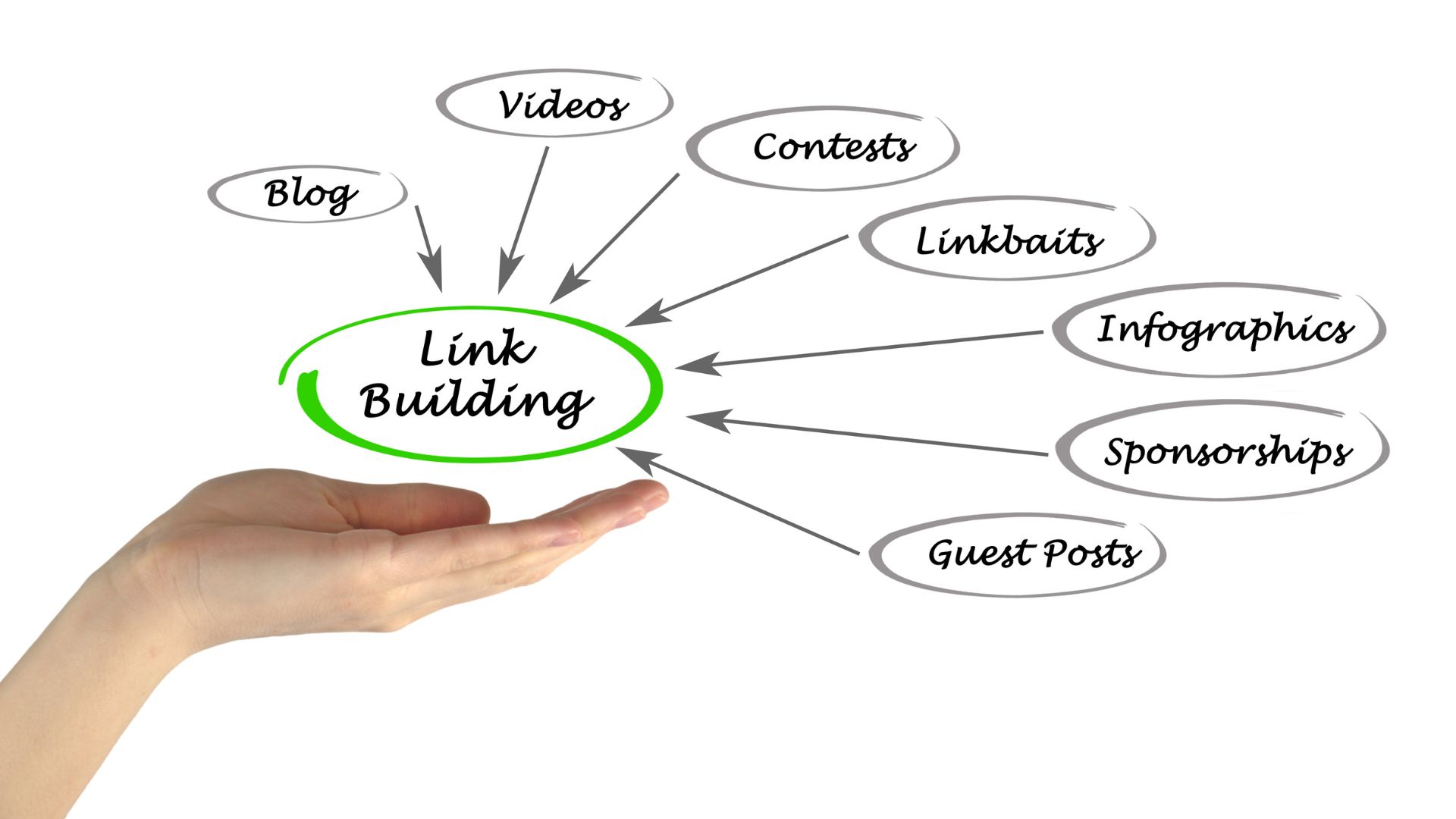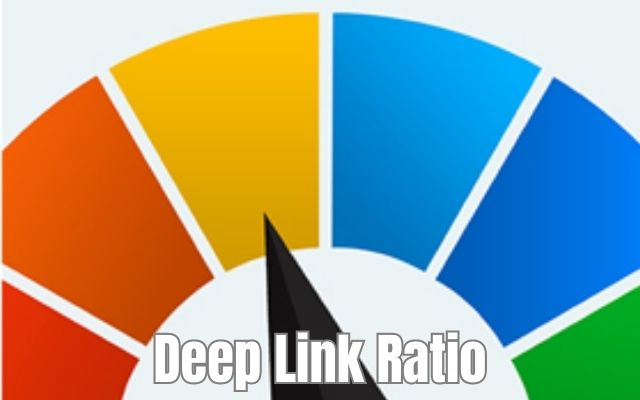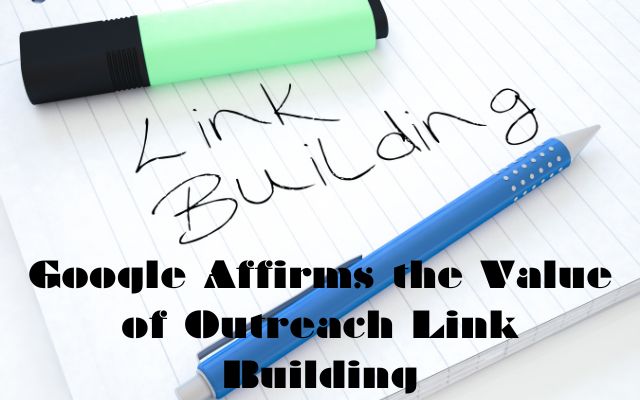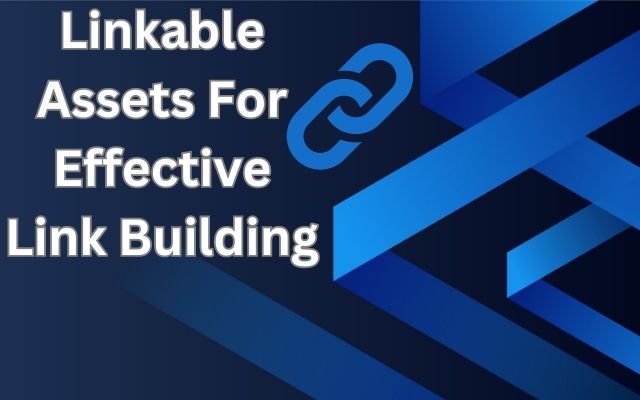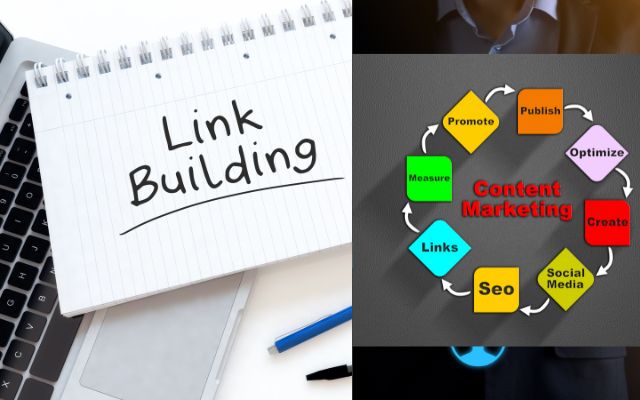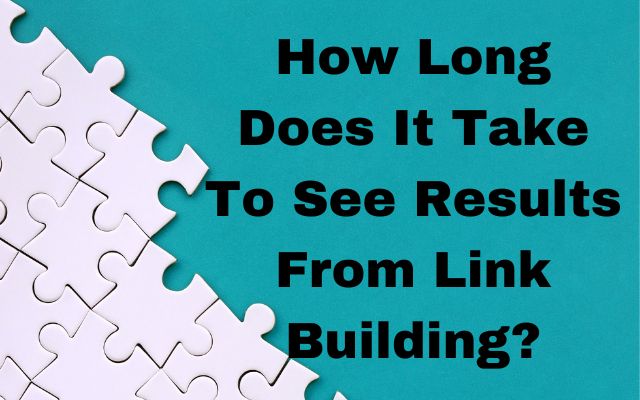How to Find and Fix Broken Links on Your Website
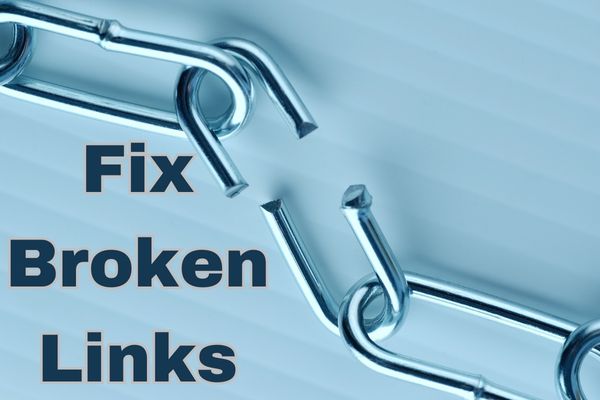
To find and fix broken links on your website is crucial for maintaining a positive user experience and improving your website’s performance.
A well-functioning website is crucial for delivering a seamless user experience and maintaining a strong online presence. Broken links not only frustrate visitors but can also harm your search engine rankings. In this article, we will guide you through the process of finding and fixing broken links on your website, ensuring that your webpages are error-free and user-friendly.
Understanding Broken Links:
Broken links, also known as dead links or 404 errors, occur when a hyperlink on your website leads to a page that no longer exists or has been moved. They can result from various reasons, including changes in URL structures, deleted pages, or outdated external links. Identifying and addressing broken links is essential for preserving your website’s functionality and credibility.
How to identify and fix broken links effectively:
Utilize Website Audit Tools:
There are various online tools available that can scan your website and identify broken links. Some popular options include:
- Google Search Console: Register your website with Google Search Console and utilize the “Coverage” report to identify pages with errors, including broken links.
- Online Link Checkers: Tools like Screaming Frog, W3C Link Checker, and Dead Link Checker can crawl your website and generate a report highlighting broken links.
- WordPress Plugins: If your website is built on WordPress, plugins such as Broken Link Checker can automatically detect broken links and notify you.
Analyze and Prioritize Broken Links:
Once you have identified the broken links, it’s important to analyze them and prioritize their resolution. Consider the following steps:
- Categorize Links: Classify broken links based on their importance and impact. Focus on fixing broken links that affect crucial pages or frequently visited sections of your website.
- External Links: Pay special attention to broken external links, as they are often beyond your control. Determine if the linked page has moved to a new URL or if an alternative resource can be used.
- Internal Links: For broken internal links, identify the correct URLs or pages that the links should direct to.
Review Internal Links:
Manually check the internal links on your website to ensure they are functioning correctly. Start by examining the navigation menu, footer links, and sidebar links. Visit each page and click on the links to verify that they lead to the intended destinations. If any internal links are broken, proceed with the following steps:
- Update or Redirect URLs: If a linked page has been moved or renamed, update the URL or set up a redirect to the new location. This ensures that visitors are directed to the correct page.
Verify External Links:
External links, pointing to other websites, can also become broken over time. To address external broken links:
- Check External Links: Visit each external link on your website to ensure they are still valid and accessible. If any external links are broken, consider the following options:
- Remove or Replace Links: If a linked page no longer exists or is irrelevant, remove the link altogether or replace it with a relevant alternative.
- Contact Website Owners: If an external link is broken due to the target website being offline or the URL being changed, try contacting the website owner and inform them of the issue.
Take Action to Fix Broken Links:
With a clear understanding of the broken links and their priority, it’s time to take action and resolve them effectively:
- Update or Redirect: If the linked page has been moved or renamed, update the URL or set up a redirect from the old URL to the new one. This ensures that visitors are seamlessly redirected to the correct page.
- Remove or Replace: If a linked page has been permanently deleted or is no longer relevant, remove the broken link altogether or replace it with a suitable alternative.
- Correct Mistyped URLs: Review links for any typos or errors in URL formatting. Correct any mistakes to ensure the links function as intended.
- Verify External Links: Regularly check external links to ensure they are still active. If an external link is broken consider reaching out to the website owner to inform them about the issue or find an alternative resource to link to.
Correct Mistyped URLs:
Review all the URLs on your website and check for any typos or formatting errors. Correct any mistyped URLs to ensure they lead to the intended destination. Pay attention to any URLs within anchor text, image captions or embedded media.
Update Linked Images or Media:
Broken links can also occur when images or media files linked on your website become inaccessible. To fix these issues:
- Verify Image and Media Links: Check all images and media files linked on your website to ensure they are still accessible and functional. Replace or update broken image or media links with the correct URLs.
- Optimize File Naming and Storage: Ensure that the image or media file you link to is stored in a location that remains accessible in the long term. Avoid linking to temporary or volatile storage locations.
Regular Maintenance:
Broken links can reappear over time due to website updates or external factors. Implement regular maintenance practices to keep your website free from broken links. Some maintenance tips include:
- Periodic Checks: Schedule regular checks of your website for broken links especially after making updates or changes.
- Automated Monitoring: Use tools that offer automated monitoring and alert you when broken links are detected.
- Update Content: Regularly update your website’s content to ensure that links remain relevant and functional.
By following these steps and adopting a proactive approach to maintaining your website, you can ensure a seamless browsing experience for your visitors and enhance your website’s performance.
FAQ
Q1: What are broken links?
A1: Broken links, also known as dead links or 404 errors, are hyperlinks on a website that lead to pages that no longer exist or have been moved.
Q2: Why is it important to find and fix broken links?
A2: Fixing broken links is important for several reasons:
- Enhancing User Experience: Broken links frustrate visitors and negatively impact their browsing experience.
- Maintaining Reputation: A website with broken links can give a poor impression of unprofessionalism and neglect.
- Improving SEO: Search engines consider broken links as a negative signal, which can harm your website’s search rankings.
Q3: How can I find broken links on my website?
A3: There are several methods to find broken links:
- Manual Review: Visit each page on your website and click on links to identify any broken ones.
- Google Search Console: Utilize the “Coverage” report to identify pages with crawl errors or broken links.
- Online Tools: Various online link checking tools: Broken Link Check or Dead Link Checker, can scan your website for broken links.
Q4: How do I fix broken links?
A4: Once you have identified broken links, you can fix them in the following ways:
- Update or Redirect: If a linked page has been moved or renamed, update the URL or set up a redirect to the new location.
- Remove or Replace: If a page no longer exists, remove the broken link altogether or replace it with a relevant alternative.
- Correct Mistyped URLs: Review links for any typos or errors and correct them to ensure they lead to the intended destination.
- Verify External Links: Check external links to ensure they are still active. If broken, consider contacting the website owner or finding an alternative resource.
Q5: How often should I check for broken links on my website?
A5: It is recommended to check for broken links on a regular basis. The frequency depends on the size and activity of your website. Perform checks after making updates or changes and consider implementing automated monitoring tools to detect new broken links.
Q6: Can broken links impact my website’s SEO?
A6: Yes, broken links can have a negative impact on your website’s SEO. Search engines consider them as a sign of poor user experience and may downgrade your website’s search rankings as a result.
Q7: Are there any tools or plugins that can help with finding and fixing broken links?
A7: Yes, there are several tools and plugins available to assist with finding and fixing broken links. Examples include Google Search Console, online link checkers like Broken Link Check or Dead Link Checker, and WordPress plugins like Broken Link Checker.
Q8: Is it necessary to fix every broken link on my website?
A8: While it’s ideal to fix every broken link, prioritize the ones that have a higher impact on user experience, important pages, or frequently visited sections of your website. However, it’s recommended to fix as many broken links as possible to maintain a healthy website.
Q9: How can I prevent broken links in the future?
A9: To prevent broken links, follow these best practices:
- Regularly review and update your website’s content and links.
- Use redirects when moving or renaming pages.
- Double-check all URLs and hyperlinks before publishing new content.
- Monitor external links and remove or update them when necessary.
Q10: Can broken links be harmful to my website’s reputation?
A10: Yes, broken links can harm your website’s reputation as they give the impression of neglect and unprofessionalism. Regularly fixing broken links demonstrates a commitment to maintaining a high-quality website and positive user experience.
- Building Stronger Connections: A Comprehensive Guide to Resource Link Building Strategies
- Unlocking the Power of Guest Blogging: Strategies and Tips for Building Your Online Presence
- The Art of Link Building: Strategies and Techniques for Success
- Reaching New Heights: A Comprehensive Guide to the Skyscraper Technique in Link Building
- Rebuilding the Chain: An In-Depth Guide to Broken Link Building for Improved SEO
- Social Signals for Link Building: How to Harness the Power of Social Media for SEO Success
- Building Backlinks and Boosting Engagement: The Power of Comment Link Building
- Mastering the Art of Link Building: Effective Techniques for Boosting Your Website’s SEO
- Unlocking Lost Opportunities: A Guide to Link Reclamation for Boosting Your Online Presence
- Mastering Internal Linking for SEO: A Key Strategy for SEO Success
- Mastering DoFollow Links for SEO Success
In Summary,
Maintaining a website with functional and error-free links is crucial for delivering a positive user experience and maintaining a strong online presence. By regularly scanning your website, prioritizing broken links, and taking proactive measures to fix them, you can ensure that your website remains user


